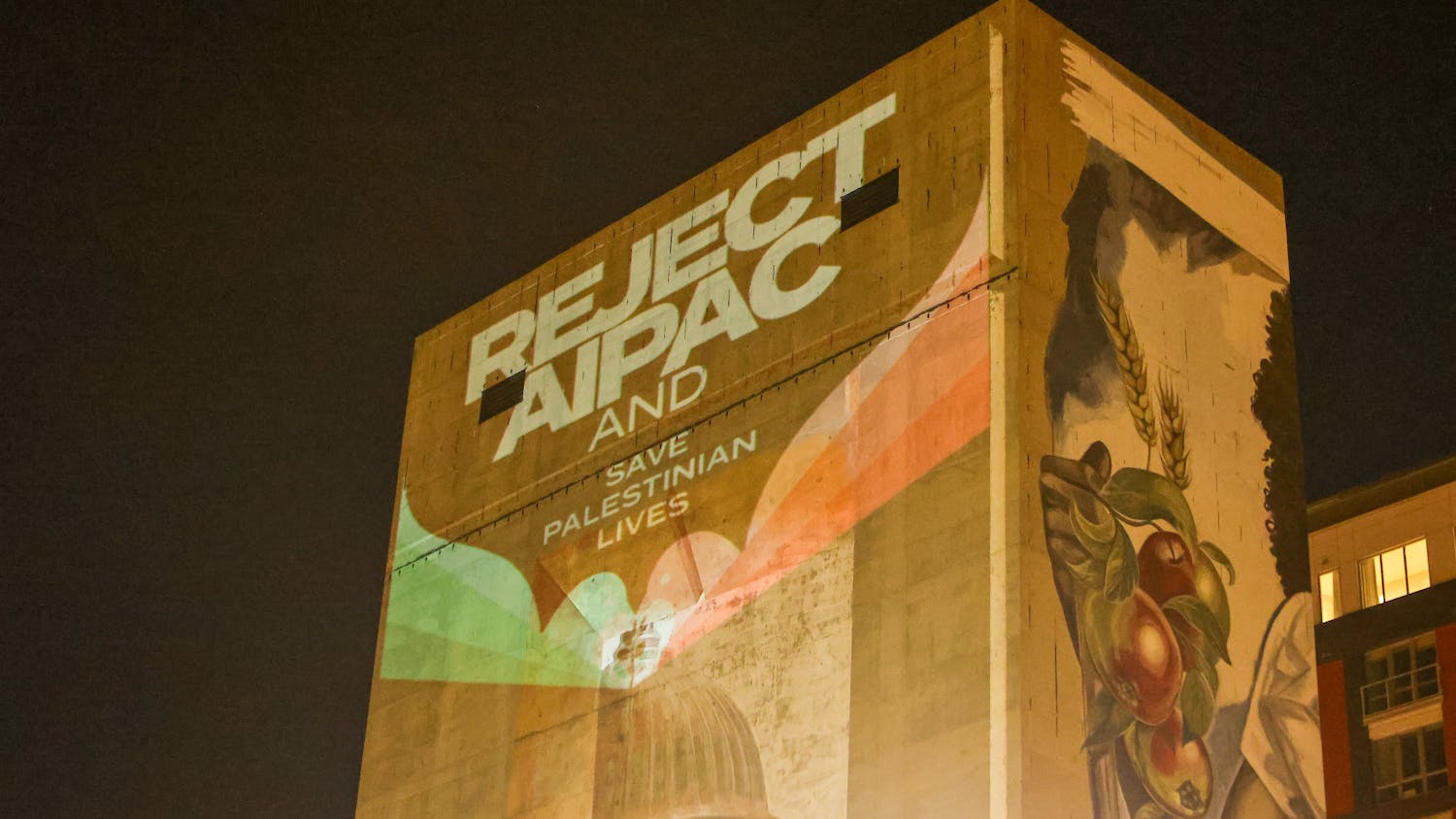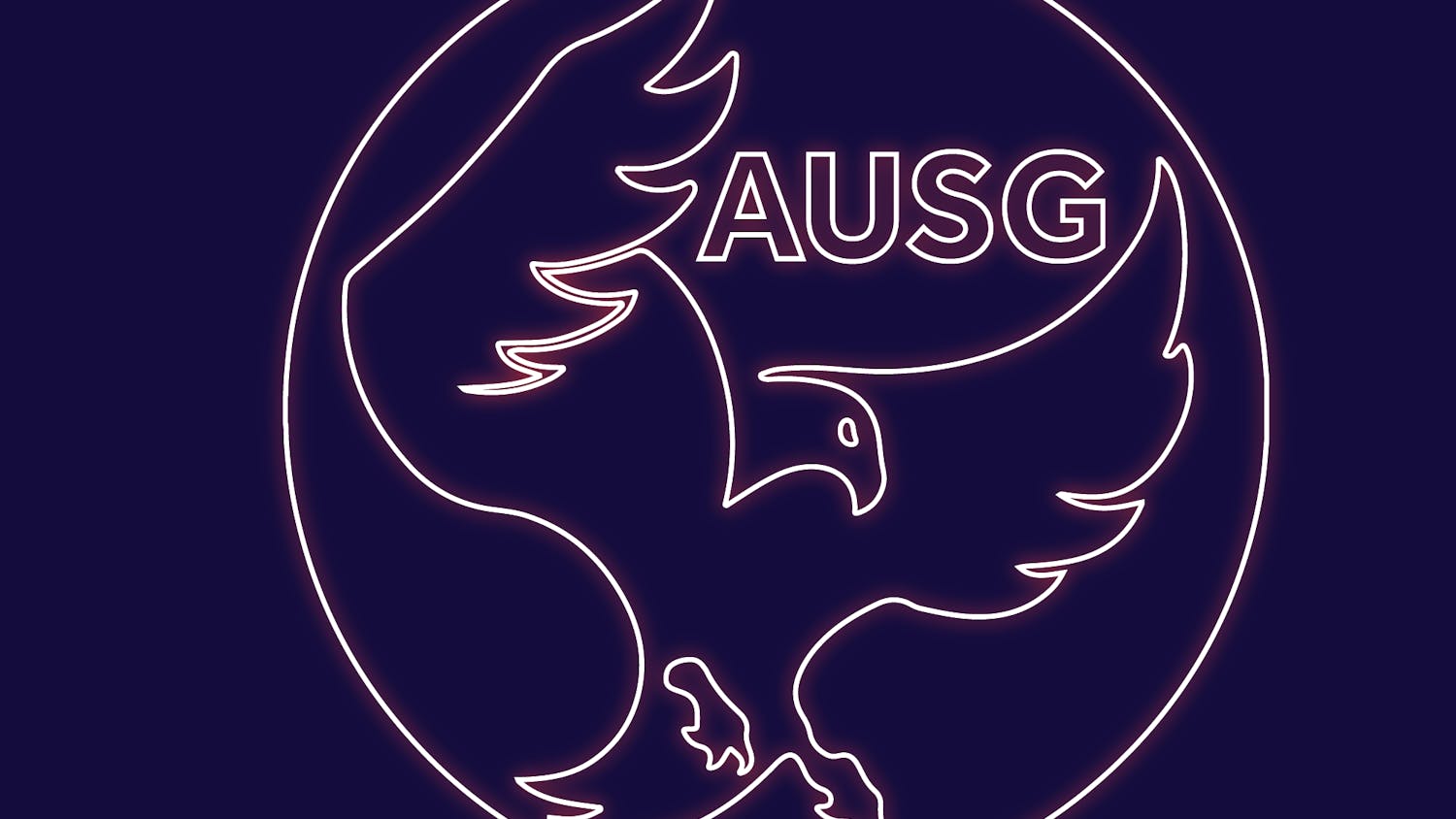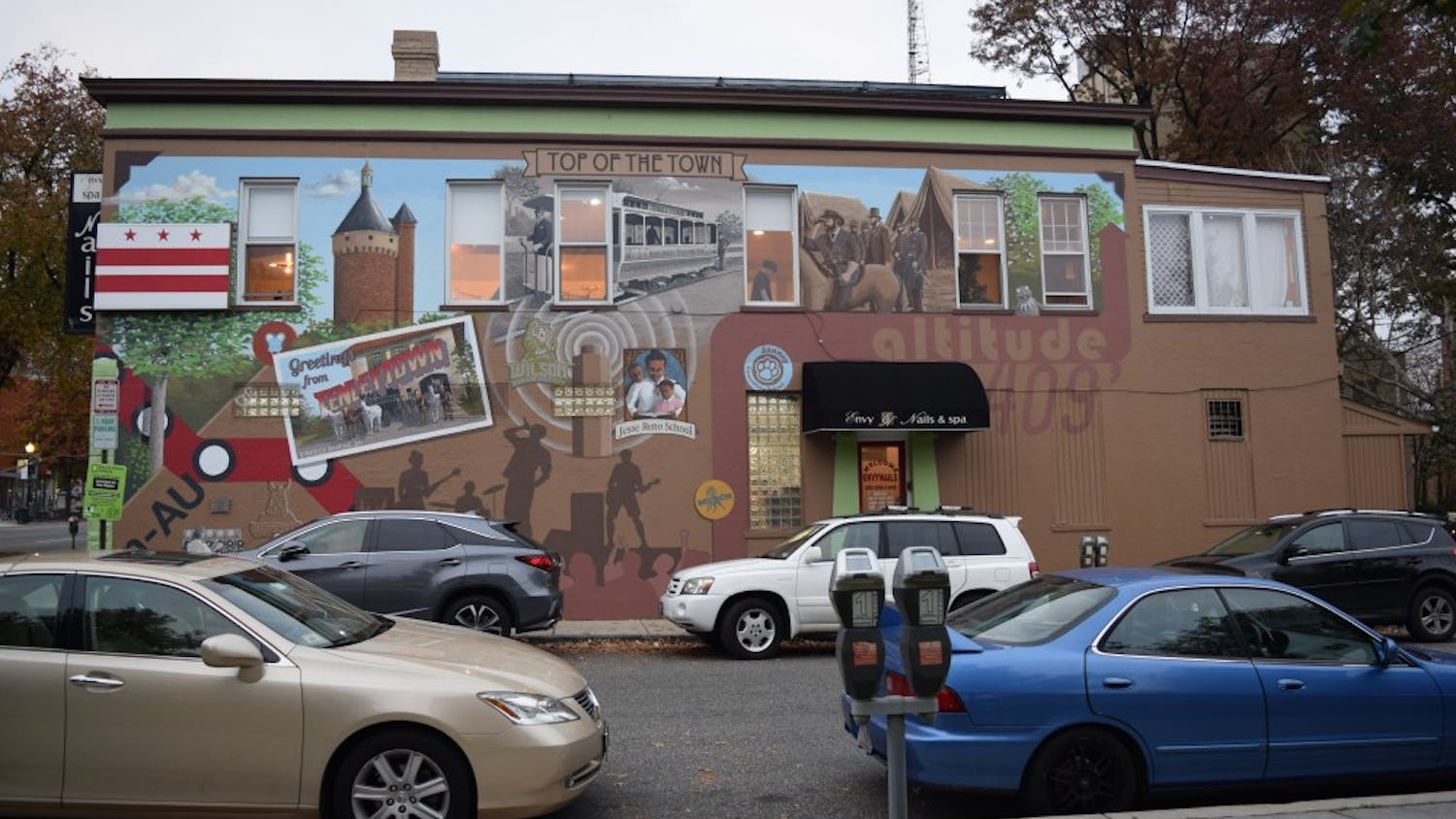This story is the fifth in a series investigating World War I-era chemical weapons and equipment buried under AU’s campus and in the Spring Valley neighborhood.
More than half a century after U.S. Army engineers left campus, AU officials began to find evidence of the University’s military past.
In 1986, AU was about to embark on the largest construction project in the school’s history, planning to build a new sports center, dormitory, arts theater and additions to the Beeghly Building and Media Production Center.
But before workers broke ground, University researchers found an old student newspaper, The Courier, which mentioned Army soldiers burying chemical munitions.
“As this was to be the last war,” The Courier wrote in 1921. “Permission was given to go far back on the University acres, to dig a pit deeper than the one into which Joseph was cast, bury the munitions there and cover them up to wait until the elements shall melt.”
AU wrote a letter to the Department of the Army in April 1986, concerned about the possibility of buried munitions turning up in new construction zones.
Army Representative Lewis Walker responded, saying, “Discovery of suspect ordnance after excavation is unlikely.”
Walker, and the rest of the Army, thought all the leftover chemical munitions had been moved to Edgewood Arsenal, an Army facility near Baltimore, Md., after the war in 1918.
In an October 1986 memo, the Army Environmental Center’s historian, J.W. Williams, said The Courier article was written “to emphasize importance, not to describe facts or events accurately.”
The Biblical reference to Joseph, “Scriptural overtones and Apocalyptic allusions” sensationalized the story, Williams said.
The Courier article was the only documented evidence of munitions buried on campus, and the Army discounted it.
But the Army was willing to bring explosives experts to campus to assess the situation at AU.
As excavation began for AU’s new sports center, the Army surveyed the area with metal detectors.
The Army’s explosives experts didn’t find anything suspicious on the site, Walker said in an April 1986 letter to AU.
A few weeks later, AU’s lawyers sent a letter to the Environmental Protection Agency.
Though the Army failed to find evidence of munitions, it was still possible that they were buried elsewhere, wrote Edward Benjamin, a representative for D.C. law firm Ropes and Gray.
“At this point the facts are still very much a mystery,” Benjamin wrote. “Neither the University nor the Department of Defense can say with any certainty that a problem in fact exists. We have not engaged in any public disclosures because, at this stage, we believe it would be irresponsible to alarm the University’s students or neighbors.”
Spring Valley discovery triggers emergency action
In the years since Army engineers left Camp American University in the early 1920s, artifacts were occasionally unearthed in the Spring Valley area.
In 1984, Civil War relic hunters found 50 artillery shells in the forest near the Dalecarlia Reservoir, on the Maryland-D.C. border, according to local environmentalist Allen Hengst.
In 1936, Hengst said, the Civilian Conservation Corps buried munitions at 14 separate locations in the Chesapeake and Ohio Canal, which runs along the Potomac River from Washington, D.C. to northwest Maryland.
A Spring Valley resident discovered those munitions in 1993.
Both of these incidents revealed that what the Army thought was false: Not all the munitions had been moved to the Maryland Army facility after the war.
But neither event changed the Army’s stance, until an unexpected discovery in January 1993 forced it to take action.
Construction workers, who were preparing trenches for new Spring Valley houses about a half-mile northwest of campus, unearthed chemical mortar rounds and shells.
The Army’s emergency explosive-removal team arrived to assess and remove the potentially dangerous artifacts.
The emergency operation unearthed 141 shells, including 44 that contained poisonous gases.
A February 1993 memo by Army General George E. Friel reported, “Inspection of the munitions revealed heavy corrosion with the potential for leaking.”
After that unexpected discovery, the Army handed control of the cleanup over to the Army Corps of Engineers, a federal agency involved with public works projects, construction and the environment.
The Army Corps initiated “Operation Safe Removal” and held the first of many public meetings to inform Spring Valley residents about the potential dangers in their quiet community.
Since then, the Army Corps has focused on a few locations where the old munitions seem to be concentrated, including two AU properties and the home of the Korean embassy.
Though the artifacts were mostly lab equipment and projectiles, there was one unusual artifact no one expected to find buried on the South side of campus.
news@theeagleonline.com




